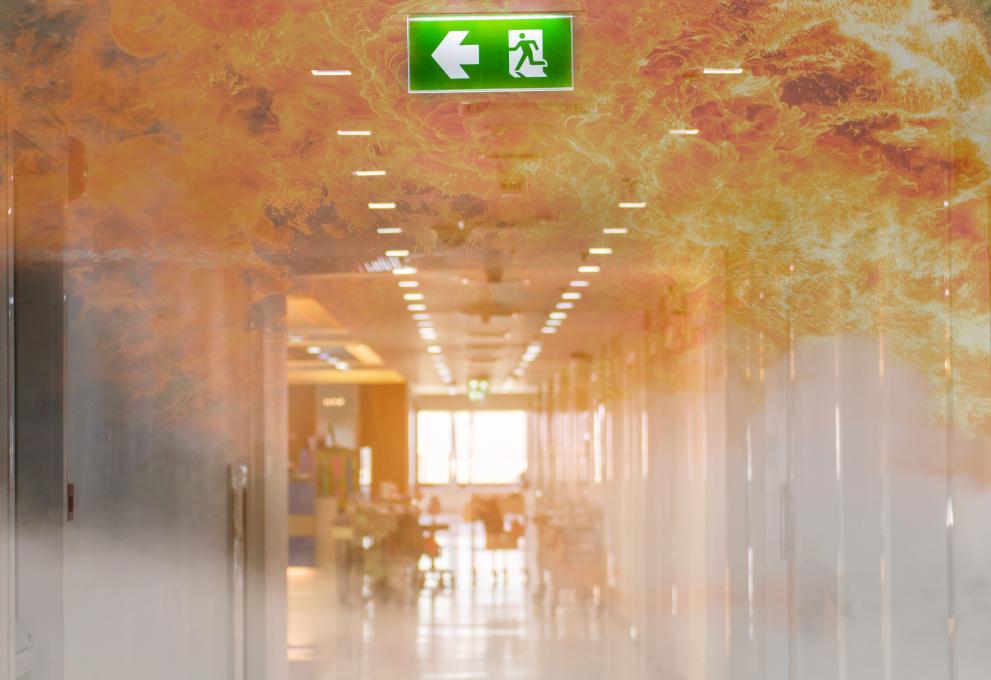
The European Commission’s Joint Research Centre (JRC) issued a series of recommendations to help prevent the hospital fires associated with medical oxygen needed for Covid-19 severely ill patients, from electrical maintenance to administrative measures and largely spread training and guidance on prevention and risk management strategies for oxygen hazards.
Since the outbreak of the pandemic in March 2020, at least 36 incidents of hospital fires associated with intense oxygen use have been found to have occurred in various countries around the world, causing the deaths of over 200 people and injuring many more.
The majority of the dead and injured were patients extremely ill with the novel Coronavirus and others were their health care providers. Most deaths resulted directly from the fire but there were also several deaths from patients deprived of oxygen because of the event.
In comparison, up until 2020, the media shows an average of just over one such event per year since 2011.
According to the JRC recommendations, the strategies to prevent and mitigate the fire risk in intensive care units should evolve around three main elements:
• Guidance on oxygen therapy for Covid-19 and other diseases needs to identify specific prevention measures that can reduce the risk of oxygen-enriched environments in these settings;
• All hospitals should establish a risk management strategy for oxygen hazards led by hospital management, involving all staff, including healthcare workers, maintenance, housekeeping and administration;
• As part of this policy, all hospitals should track the number of patients having medical gas treatment and, when elevated, an appropriate fire risk management policy should be applied.
The hospitals should use as examples strategies developed for chemical process safety to manage flammable and explosive atmospheres. The management procedures should involve medical and non-medical staff, and prevention and emergency preparedness should take into account potential intensive care unit fires.
Related Content
Lessons Learned Bulletin:
Risk of oxygen-related fires in hospitals treating Covid-19 patients
Details
- Publication date
- 18 May 2021
